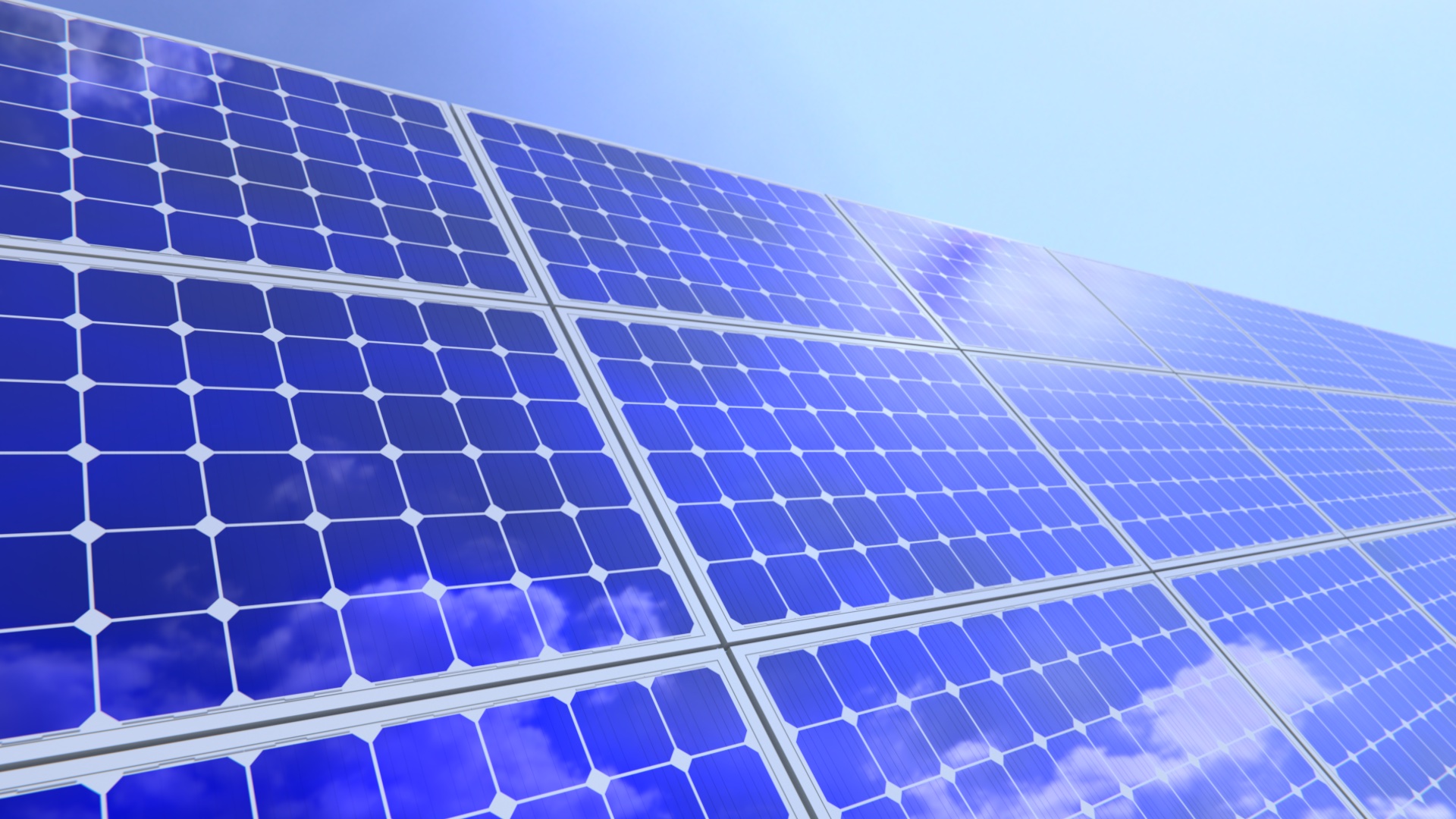
If you’re looking to become more energy-efficient, you should be considering home solar panels. When installed on your roof or property, a solar panel system can provide cost savings and greener energy. And best of all, there are solar panels to accommodate every budget and property.
But what type of panels should you choose? Read on to find a complete guide to the main types of solar panels!
Thin Film Panels Are Budget-Friendly Home Solar Panels
Are you on a budget and need to keep costs down? If so, then thin film panels might be the best way to go. These panels are the least expensive option, and often the installation process is easier.
From a visual standpoint, thin film panels are the most attractive option among the different types of solar panels. They’re black and don’t have the same level of mounting equipment that other solar panels require. In other words, they shouldn’t hinder your home’s curb appeal when installed.
On the downside, they are the least efficient among the solar panel options. That means you may need to install a lot of them and cover most of your roof. Additionally, because these panels are thinner, they are more susceptible to damage from storms.
On the plus side, these panels will perform well during the hot summer months. And they even continue producing energy in the winter. Just be sure to check them routinely and replace damaged panels.
You can expect to get up to two decades of use out of these panels. Yes, that’s lower than the lifespan of some more expensive solar panel options by about a decade or so. But film panels pay for themselves quickly and could provide enough use, especially if you plan on moving in a few years.
Monocrystalline Options Are Among the Best Solar Panels
Solar cells, partly made up of silicon, are what allow solar panels to generate energy from the sun. In the case of monocrystalline solar panels, only one type of silicon crystal comprises the panel. And it creates a panel that has a distinctive dark black color and sheen.
Why are monocrystalline panels among the best solar panels? They are durable, lasting as long as three decades with proper maintenance. And they can be mounted on roofs, carports, or the ground, making them highly versatile.
Be prepared to pay more, however. You could be paying tens of thousands of dollars to install the panels, particularly over a large area. The good news is that some states may offer tax credits to homeowners who install residential solar panels. It’s worth checking to help defray the costs.
You can think of home solar panels as a way to be less reliant on the grid. And you might just help your property value by installing them if you’re planning on selling your home down the road. Talk to Solar Smart Electrical to figure out the best solar panels for your needs!
Types of Solar Panels Include Polycrystalline Panels
Polycrystalline panels provide a midrange solar energy solution for homeowners. They’re less expensive than monocrystalline panels. But their improved efficiency justifies the price jump over thin film panels.
These panels contain more than one type of silicon cell, versus monocrystalline panels. Because of this, the cells run into each other and are less productive in converting the sun’s energy. The result is a panel that is less efficient but still an effective choice that won’t gouge a budget.
A negative aspect of these panels is their appearance. You’ll call attention to the fact that you’ve installed polycrystalline panels. While thin film panels are discreet and low profile, polycrystalline panels are an obvious presence on a roof.
Unlike the muted and sleek black finish of monocrystalline panels, polycrystalline panels are blue. But they’re not a consistent blue because of how they’re manufactured.
This translates to variability in the assembled panels. When several panels sit next to each other, there will be slight differences in the blue finish. And this causes them to stand out.
It’s worth weighing the value of your investment when getting a solar panel system. Polycrystalline panels are catching up to monocrystalline panels in terms of efficiency. If you can handle their appearance, they could represent a good value.
Upgrade with a PERC Solar Panel System
For a more potent version of a monocrystalline panel, you can go with Passivated Emitter and Rear Cell (PERC) panels. These panels, which offer higher efficiency, can gather more solar energy in a smaller space. All of this is courtesy of an extra reflective layer that helps keep higher wavelengths from slowing down a panel’s efficiency.
While they may cost a little more on the front end, you’ll reap the benefits in terms of their efficiency. And because these panels can do more with less, they’re an ideal solution if you have less space to work with. For a modest home or condo, consider turning to PERC solar panels.
These panels also perform well in areas with less direct sunlight. If you’re not living in a place like Arizona, you can get substantial energy even with limited periods of light.
Explore Your Solar Panel Options
When it comes to the different types of solar panels, you’ll need to determine what meets your needs and budget. You can opt for reliable monocrystalline panels and enhance your home’s marketability if you ever sell it. Or you can start on the lower end with thin film panels and scale up over time.
Need more suggestions to improve your home? Check back for fresh and informative articles!



Leave a Reply